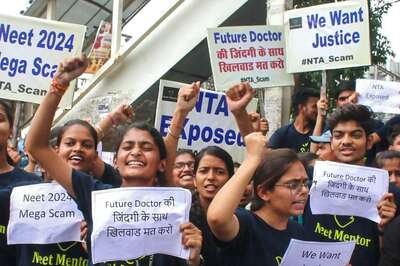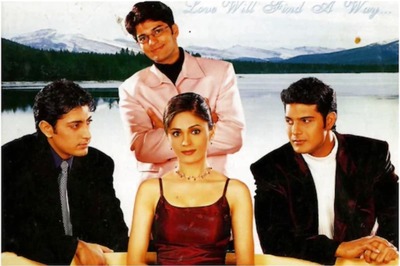
views
If you thought a seat like Varanasi, with two high-profile candidates and several others in the fray, is going to be fought for like a bear-pit, think of the poor voters of East Delhi LS constituency in 1996, when they were simultaneously set upon by 122 candidates demanding their votes. And that was not even the most fractured contest ever.
India has a parliamentary system because the founding fathers realised, and rightly so, that a presidential system was not suitable for running a country as complex as this one. Within this parliamentary system, we have provision for multiple parties to represent all manner of aspirations. In effect, anyone who wants can contest elections, and why not?
Once in a while, however, this rule has meant an extraordinarily high number of candidates in the ring, because of reasons which often had little to do directly with the elections. Matters came to a head in 1996. While East Delhi voters found themselves dodging the 122 candidates mentioned above, citizens of Nalgonda, Andhra Pradesh, ran the risk of being outnumbered by contestants - all 480 of them. The leading candidate there was Bommagani Bhiksham of the CPI, a veteran who continued to be popular just then, so who were all these other folk?
It turns out that Nalgonda was witnessing a bit of an epidemic of fluoride in the water, so a group of well-meaning citizens had started the Jala Sadhana Samithi, and their bright solution to the problem was to encourage as many contestants in the fray as possible, so someone would notice.
Meanwhile, to the west, in Karnataka's Belgaum constituency, 456 candidates lined up and put in their nomination papers. And no, Belgaum didn't have a fluoride problem, they'd been encouraged by the Maharashtra Ekikaran Samiti, which by then had spent four decades trying to get the Marathi speaking region joined with the neighbouring state.
In both cases local interests wanted to make a mess of political calculations and voting patterns and, of course, get national attention. Which they did, in the form of the Election Commission, which not only had to postpone voting in Belgaum by about a month, but also had to print the longest ever ballot papers to accommodate all the candidates.
Understandably, the EC was not happy about what it saw as frivolous waste of everyone's time and did not see the humour in random Delhi, Andhra and Karnataka voters accosted by masses of strangers during campaign season. The security deposit for a Lok Sabha candidate till 1996 was Rs 500 for general candidates and Rs 250 for SC/ST candidates. It was because of Nalgonda and Belgaum that the EC revised this nominal amount and hiked it to what it is today: Rs 25,000 for general and Rs 12,500 for SC/ST contestants.
And that was all the change that occurred. Neither did the Centre wake up to fluoride poisoning in Nalgonda, nor is Belgaum in Maharashtra today.
####



















Comments
0 comment